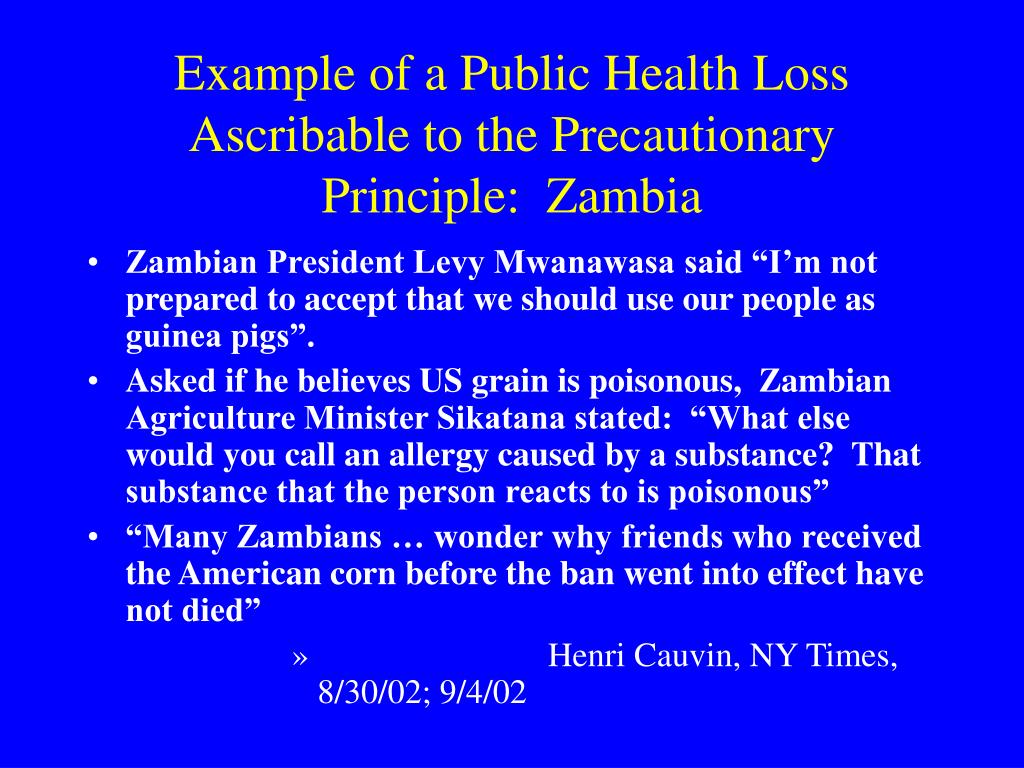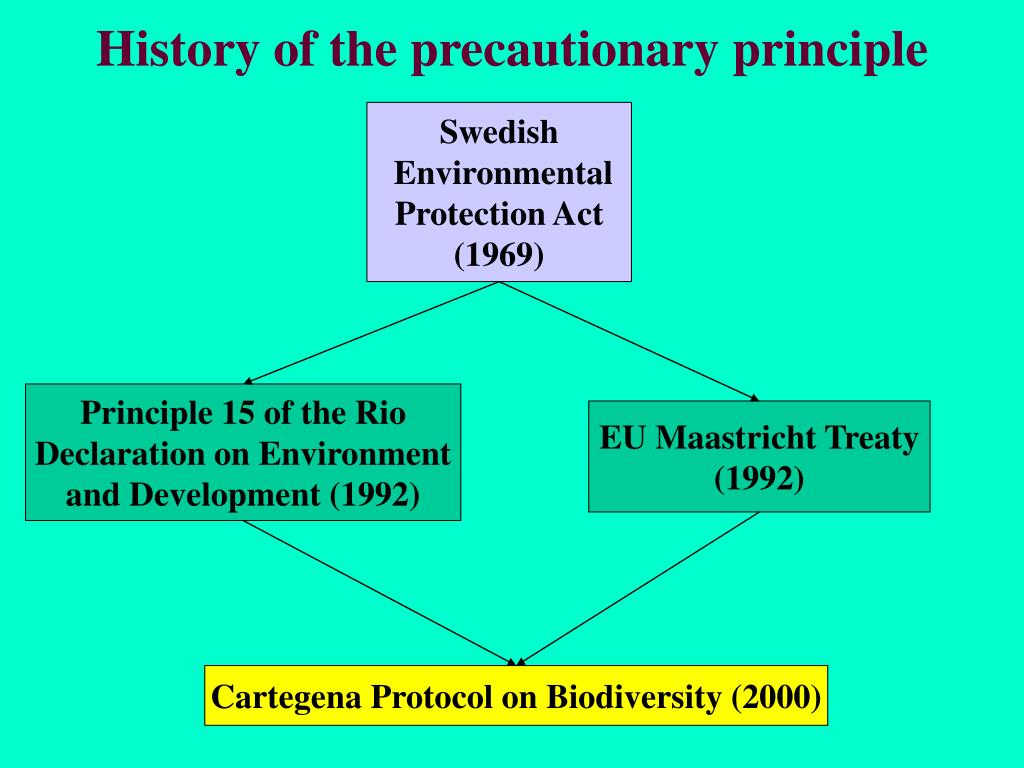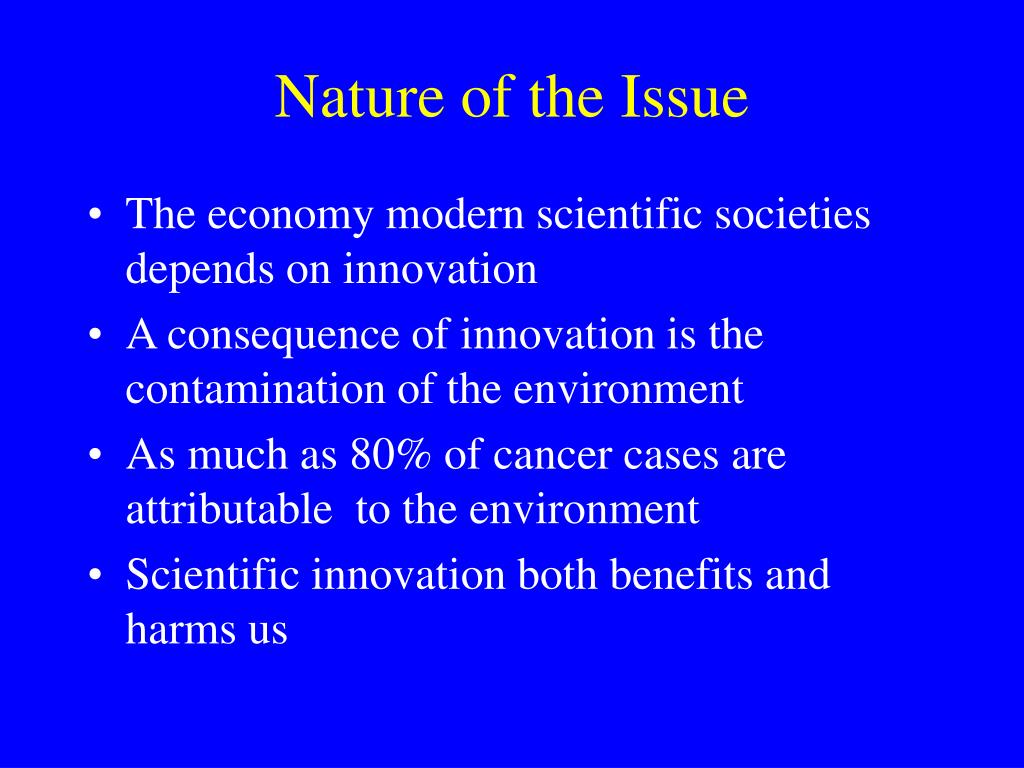

A principle has the benefit of including theoretical explanations and fundamentals of law, which help lawmakers in making decisions.


Lawyers can be quite argumentative about the definition and use of a principle in law, but it is safe to say a principle is not a strict rule. Understanding the Precautionary Principle However, there was enough data available on similar viruses to inform the decisions that governments would have to take. It would be fair to say it was difficult in January 2020 to imagine the global effects the virus would have. When news reached authorities about the emergence of this new strain of coronavirus, there was not enough information about its impact. To make this example less theoretical, this precautionary action also applied in early 2020 to decision-makers who were considering the possible effects of COVID-19. If you decided to leave your home or office, you would be taking precautionary action, which is one of the expressions of the precautionary principle. The precautionary principle should also be applied to using the precautionary principle.If you were warned a meteor was going to crash at your home or workplace at a specific time, would you stay there? Would you leave, possibly losing a day’s work? Your decision would most likely depend on how much you trust the source of this information and on the extent of the damage the meteor could cause when it crashes. Theoretical risks for something like butylated hydroxyl toluene (BHT) or sodium nitrite have to be weighed against their demonstrated effects at keeping fat from going rancid or preventing botulism. However, when it comes to chemicals like preservatives, decisions become more difficult because these have obvious benefits. Here too one can apply the precautionary principle. But if the rest of the world can get by quite nicely without adding bromates to flour, why can’t the U.S.? Because bromates make for the soft white texture and white colour that Americans have been goaded into preferring. because FDA says that they are destroyed during baking and only trace amounts remain. Bromates are not allowed in Europe or Canada but can be used in the U.S. When added to flour potassium bromate improves the baking qualities but is a suspected carcinogen.

We don’t need them.īromates are another interesting case. Food dyes are unnecessary, do not add anything in terms of nutrition and often make nutritionally poor foods more appealing. Here is a case where the precautionary principle should prevail. Belgium, Switzerland, Denmark and France do not allow Red Dye No. But different countries come to different conclusions about what to do. 5 and 6 may cause behavioural problems in some children and animal data suggest possible carcinogenicity. While the data are not particularly compelling, there is some evidence that synthetics such as Red Dye No. The most reasonable approach would be to weigh the need to use a certain chemical against toxicity data.Ĭonsider food dyes as an example. Occupational exposure, animal experiments and laboratory studies can provide clues but how relevant these data are to everyday human exposure is unclear. The basic problem with all these regulations is that when it comes to the population being exposed to small amounts of chemicals, the data is very difficult to interpret. In Canada, chemicals are subject to the Chemicals Management Plan which is not quite as stringent as Europe’s REACH, but caters less to industry than U.S. In the U.S., chemicals are governed by the Toxic Substances Control Act which is now under revision but historically has required proof of harm before acting on controlling a chemical. Europe has introduced REACH, which stands for Registration, Evaluation, Authorisation and Restriction of Chemicals, a program that requires manufacturers to submit toxicity data to the European Chemical Agency before a chemical can be approved. That’s because “substantial, credible evidence” is open to interpretation and different countries approach the issue in different ways. How can there even be a discussion about its application? But there is. “When there is substantial, credible evidence of danger to human or environmental health, protective action should be taken despite continuing scientific uncertainty.” That’s the “Precautionary Principle” stated in its simplest format.


 0 kommentar(er)
0 kommentar(er)
